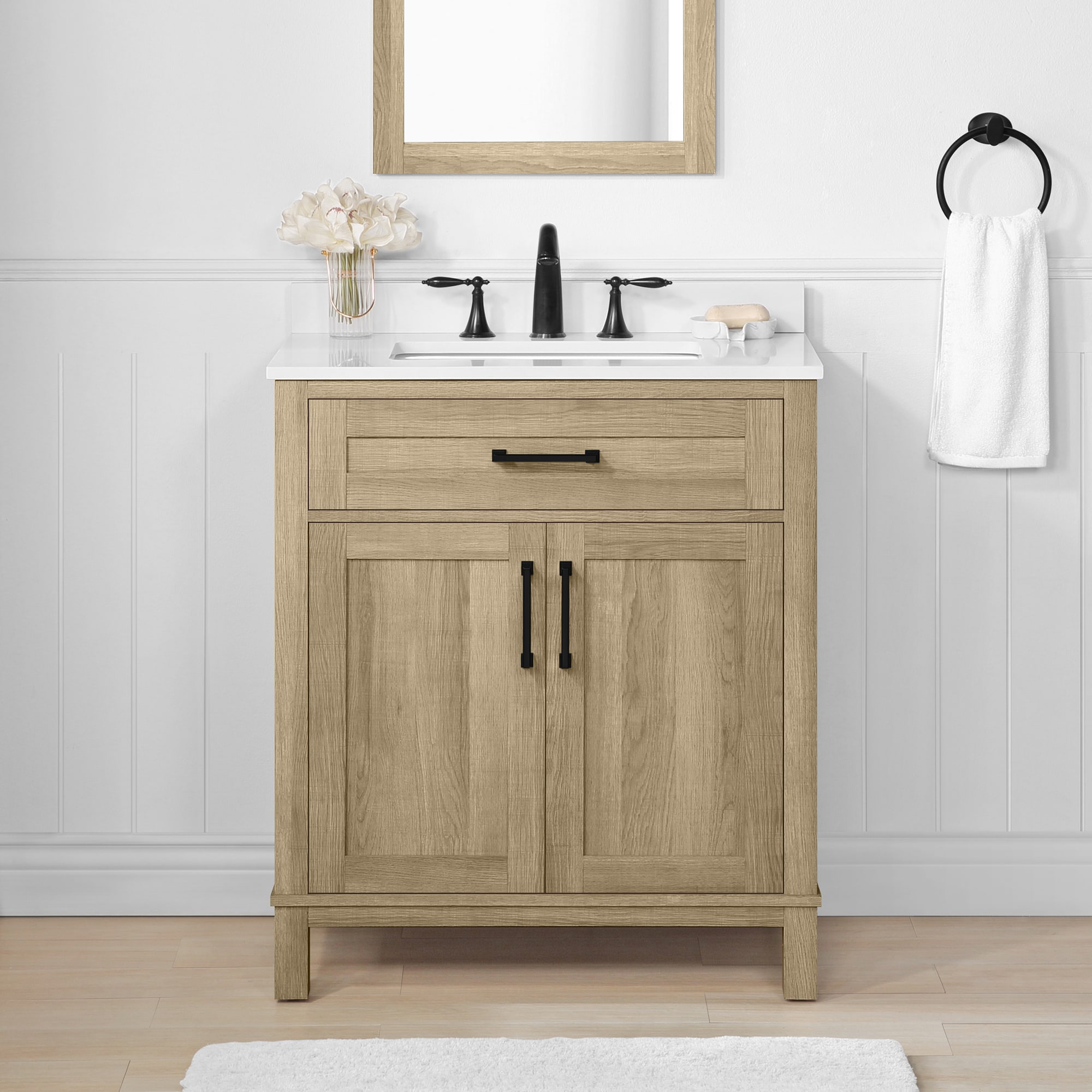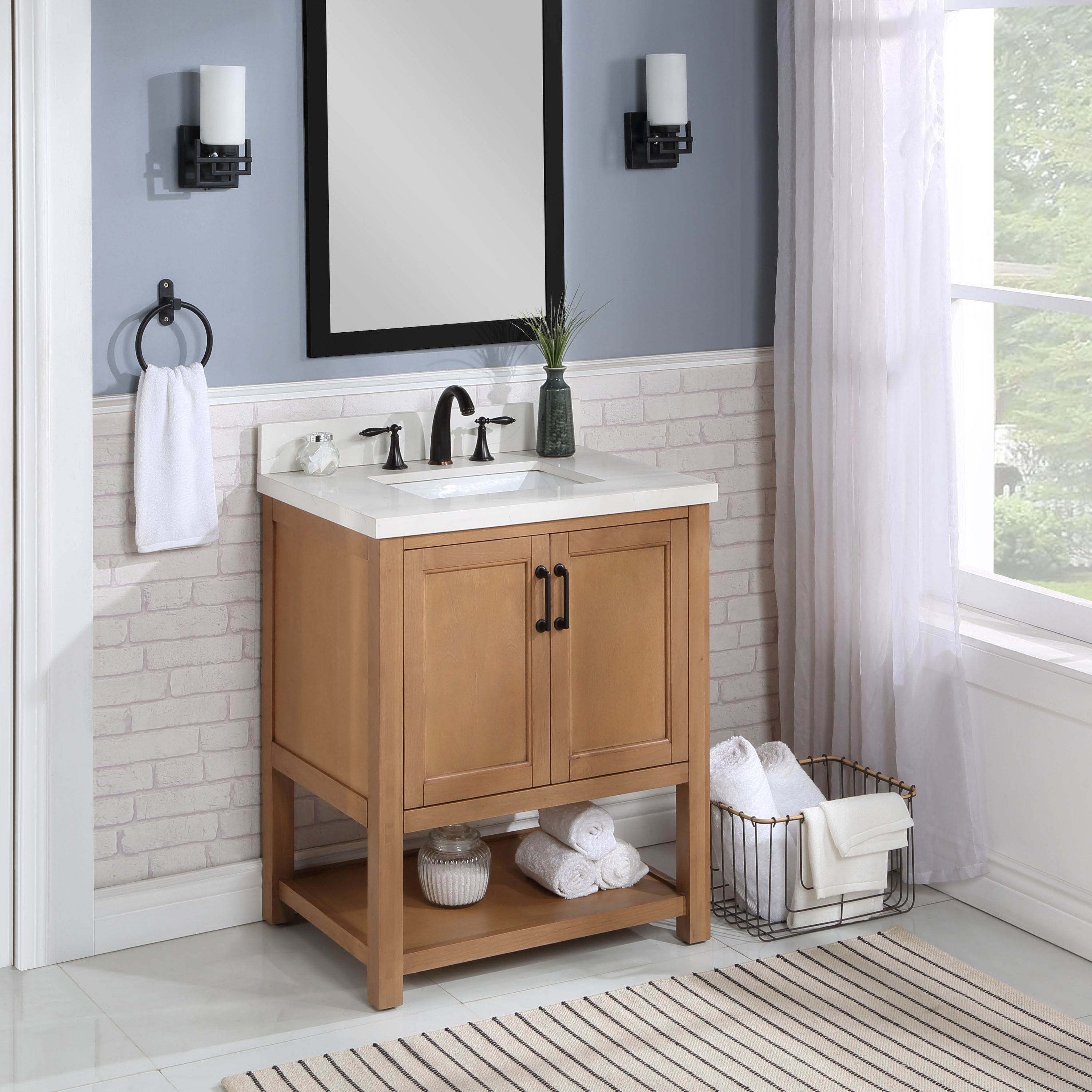The Allure of Floating Vanities

Floating vanities are a modern bathroom design trend that offers a blend of visual appeal and practical functionality. They elevate the bathroom’s aesthetic, create a sense of spaciousness, and offer a contemporary touch to the overall design.
Floating Vanities: Design and Functionality, 30 floating bathroom vanity
Floating vanities are a popular choice for modern bathrooms due to their sleek, minimalist design and space-saving features. Their minimalist design creates a sense of openness and airiness, making the bathroom feel larger and more inviting. They are also incredibly versatile, allowing you to create a variety of bathroom styles, from contemporary to traditional.
Practical Benefits of Floating Vanities
Floating vanities offer a number of practical benefits, including:
- Maximizing Space: Floating vanities create a sense of openness and spaciousness by eliminating the need for a bulky base cabinet. This is particularly beneficial for smaller bathrooms where every inch of space is precious.
- Easy Cleaning: The open space underneath a floating vanity makes it easier to clean the floor and surrounding areas. This is a significant advantage over traditional pedestal sinks, where dust and debris can accumulate under the base.
- Increased Storage: Floating vanities often come with built-in storage compartments, allowing you to keep your bathroom essentials organized and out of sight. This is especially useful in smaller bathrooms where storage space is limited.
Floating Vanities vs. Traditional Pedestal Sinks
Floating vanities offer several advantages over traditional pedestal sinks, but it’s essential to consider both sides of the coin:
| Feature | Floating Vanity | Traditional Pedestal Sink |
|---|---|---|
| Space | Maximizes space by eliminating a bulky base | Takes up more floor space due to the base |
| Storage | Offers built-in storage options | Limited storage options |
| Cleaning | Easier to clean due to open space underneath | Difficult to clean under the base |
| Style | Modern and contemporary aesthetic | Classic and traditional look |
Designing a Bathroom with a 30″ Floating Vanity
A 30″ floating vanity can be the centerpiece of a modern bathroom design. Here’s a layout incorporating storage, lighting, and mirror placement:
- Storage: Utilize the vanity’s built-in drawers and shelves to store toiletries, towels, and other bathroom essentials. Consider adding a wall-mounted cabinet or open shelving above the vanity for additional storage.
- Lighting: Install a combination of ambient and task lighting. Ambient lighting can be achieved with a ceiling fixture or sconces on the walls. Task lighting, such as vanity lights or a mirror with integrated LED lights, provides focused illumination for getting ready.
- Mirror Placement: A large, rectangular mirror above the vanity can visually expand the space and reflect natural light. Consider a framed mirror for a touch of elegance or a sleek, minimalist mirror for a contemporary look.
Exploring Materials and Finishes
The journey to creating a floating vanity that reflects your unique style starts with choosing the right materials and finishes. Understanding the characteristics and aesthetics of different options will help you make informed decisions that align with your needs and vision.
Material Choices
Choosing the right material for your floating vanity is crucial for its durability, water resistance, and overall aesthetic appeal. Here’s a breakdown of popular options:
- Wood: Natural wood, a timeless choice, offers warmth, elegance, and a unique grain pattern. Popular options include oak, maple, cherry, and walnut. However, wood requires regular maintenance to prevent water damage and may be susceptible to scratches and dents.
- Laminate: This cost-effective option is known for its durability and water resistance. It comes in various finishes, mimicking the look of wood, stone, or even metallic surfaces. Laminate is a practical choice for busy bathrooms, offering a low-maintenance solution.
- Acrylic: Acrylic vanities offer a sleek, modern aesthetic with high gloss finishes. They are highly water-resistant, easy to clean, and resistant to scratches and stains. Acrylic is a good choice for those seeking a contemporary and low-maintenance option.
Popular Finishes
Once you’ve chosen your material, consider the finish that best complements your bathroom’s design.
- Painted: Painted vanities offer a clean and versatile look. You can choose from a wide range of colors, from classic white to bold accents. Painted surfaces can be easily refreshed with a new coat of paint.
- Stained: Stained wood vanities enhance the natural beauty of the wood grain. Staining offers a range of colors and finishes, from light and natural to dark and rich.
- Lacquered: Lacquered finishes provide a high-gloss, durable, and water-resistant surface. They add a touch of sophistication and are often seen in modern bathroom designs.
Designing a 30″ Floating Vanity with Contrasting Materials and Finishes
To create a unique and stylish 30″ floating vanity, consider incorporating contrasting materials and finishes. For instance:
- A 30″ floating vanity with a walnut wood top and a white acrylic base. The warm tones of the wood top create a natural contrast against the sleek white acrylic base, offering a modern yet elegant look.
Installation and Maintenance: 30 Floating Bathroom Vanity

Installing a floating vanity requires careful planning and execution to ensure a secure and functional setup. This section provides a comprehensive guide on installing a 30″ floating vanity, encompassing necessary tools, materials, and safety precautions, along with instructions for connecting plumbing and electrical components. Additionally, it Artikels routine maintenance practices to preserve the vanity’s aesthetics and functionality.
Installing a Floating Vanity
Installing a floating vanity involves several steps, starting with preparing the wall and installing the mounting brackets. The next step involves attaching the vanity to the brackets, followed by connecting plumbing and electrical components. Finally, the installation process concludes with installing the sink and faucet.
Here is a detailed guide for installing a 30″ floating vanity:
Tools and Materials
* Tools: Level, stud finder, drill, screwdriver, tape measure, pencil, utility knife, safety glasses, work gloves, plumbing wrench, adjustable wrench, channel-lock pliers, and a hacksaw.
* Materials: Floating vanity, mounting brackets, screws, drywall anchors (if necessary), plumbing supplies (pipes, fittings, shut-off valves, drain assembly), electrical supplies (outlet box, wiring, electrical tape), sealant, and silicone caulk.
Safety Precautions
* Turn off the water supply: Before working with plumbing, turn off the water supply to the area.
* Turn off the electricity: Before working with electrical components, turn off the power to the circuit.
* Use appropriate safety gear: Wear safety glasses and work gloves to protect your eyes and hands.
* Use caution when working with tools: Handle tools with care to avoid injury.
* Be aware of potential hazards: Be aware of potential hazards such as sharp edges, heavy objects, and electrical wires.
Step-by-Step Installation Guide
1. Prepare the wall: Locate studs using a stud finder and mark their positions on the wall. Ensure the wall is clean and free of debris.
2. Install mounting brackets: Attach the mounting brackets to the wall using screws and drywall anchors if necessary. Use a level to ensure the brackets are installed horizontally.
3. Attach the vanity: Align the vanity with the mounting brackets and secure it to the brackets using the provided screws.
4. Connect plumbing: Connect the vanity’s drain pipe to the existing drain line using plumbing fittings. Connect the water supply lines to the shut-off valves.
5. Connect electrical: Connect the vanity’s electrical wiring to the outlet box.
6. Install the sink and faucet: Install the sink and faucet according to the manufacturer’s instructions.
7. Seal the edges: Apply sealant around the edges of the vanity to prevent water damage.
Connecting Plumbing and Electrical Components
Connecting plumbing and electrical components to the vanity is crucial for its functionality. Plumbing connections ensure water supply and drainage, while electrical connections power the vanity’s lights and other electrical components.
Plumbing Connections
* Connecting the drain pipe: The vanity’s drain pipe is typically connected to the existing drain line using plumbing fittings such as a P-trap and a drain pipe adapter.
* Connecting the water supply lines: The water supply lines are connected to the shut-off valves, which control the water flow to the vanity.
* Testing the plumbing: After connecting the plumbing components, test for leaks by turning on the water supply and checking for any drips or leaks.
Electrical Connections
* Connecting the electrical wiring: The vanity’s electrical wiring is typically connected to an outlet box, which provides power to the vanity’s lights and other electrical components.
* Testing the electrical connections: After connecting the electrical components, test for proper function by turning on the power and checking if the vanity’s lights work.
Maintenance Practices
Maintaining a floating vanity involves regular cleaning and sealing to preserve its appearance and functionality.
Cleaning
* Regular cleaning: Clean the vanity surface regularly with a mild cleaner and a soft cloth.
* Cleaning spills promptly: Clean up spills immediately to prevent staining.
* Avoid abrasive cleaners: Avoid using abrasive cleaners that can scratch the vanity surface.
Sealing
* Sealing the edges: Apply sealant around the edges of the vanity to prevent water damage.
* Resealing as needed: Reseal the edges of the vanity as needed, especially if the sealant starts to crack or peel.
Floating Vanities vs. Traditional Pedestal Sinks: Installation Complexity
| Feature | Floating Vanity | Traditional Pedestal Sink | ————————- | —————- | ————————– | Installation Complexity | More Complex | Less Complex | Wall Preparation | Required | Not Required | Mounting Brackets | Required | Not Required | Plumbing Connections | More Complex | Less Complex | Electrical Connections | May be Required | Not Required | Overall | More Complex | Less Complex |
|---|
